Sweet Alyssum
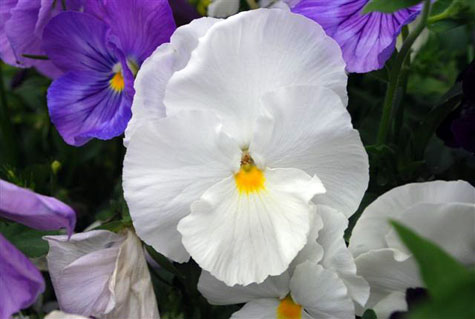
White Pansy

Petunia

Star Magnolia

Star Magnolia
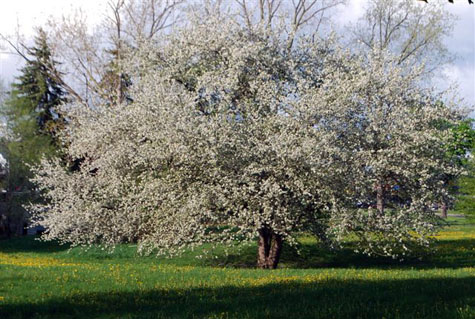
Apple
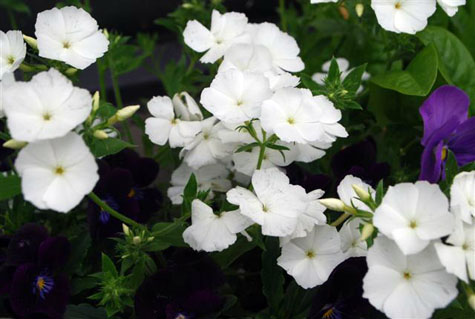
White Annual Phlox
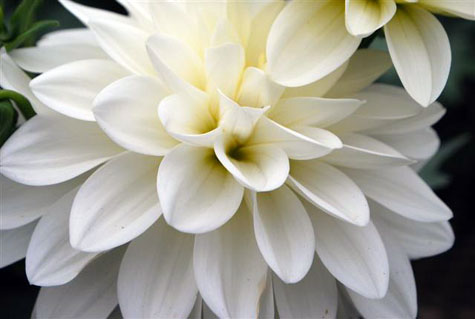
White Dahlia
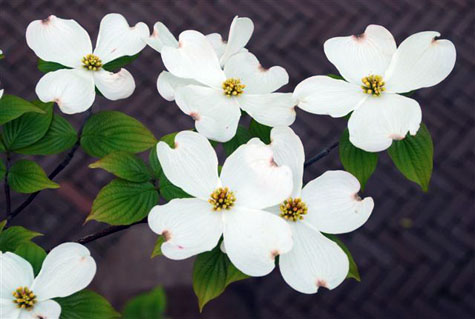
Dogwood
Deborah Silver is an accomplished and experienced landscape and garden designer whose firm first opened its doors in 1986.
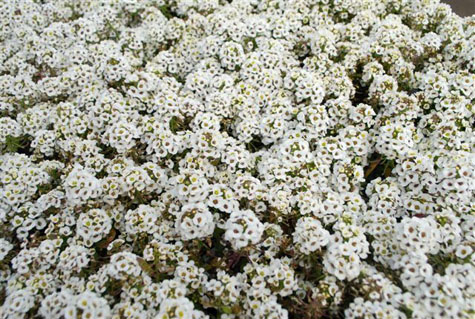
Sweet Alyssum

White Pansy

Petunia

Star Magnolia

Star Magnolia

Apple

White Annual Phlox

White Dahlia

Dogwood

If you have ever been to my store, or my home, it’s easy to figure out that I am a dog in a person suit, and my Cardigan Welsh Corgis are little people in dog suits. The little people have the run of both of my places.

I call my garden Corgi Run-presiding over it is a very fine weathervane-English made of course. It was a birthday present from Rob, whose feelings about dogs are no different than mine.�
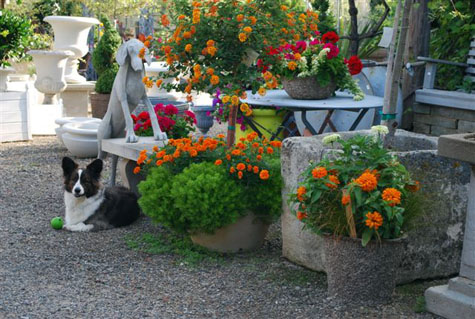
Milo, my dark brindle Corgi, has an unexpectedly big and disarmingly compelling personality. He persuades customers to pitch his beloved balls for him. He is a dog with a lot to say-vocal, is putting it mildly. I am convinced he understands English. He is as relaxed with visitors as he is in front of a camera; I should have named him Hambone. Rob thinks I should buy him a flock of sheep for his birthday this year.
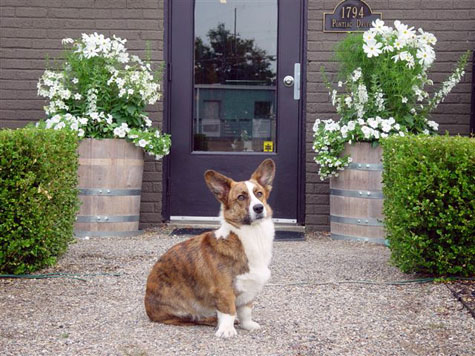
My red brindle corgi Howard, is a dog’s dog. Bred like Milo, for herding cattle and sheep, he herds everyone who comes in until he is sure they are friendly. He is always working. Letting me know when someone comes, patrolling the property. Extremely reserved, even shy, he will let out a blood-curdling howl when startled. I think he is as handsome as Cary Grant, although he abhors having his picture taken.
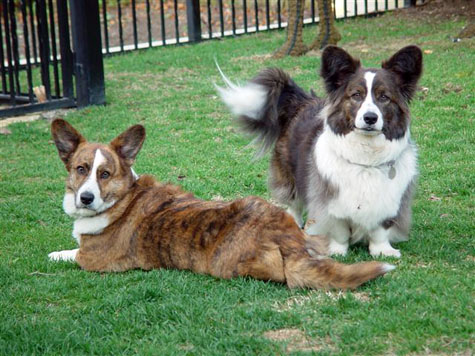
The pair of them welcome every visitor with their version of a Las Vegas style welcome- a lot of horn and hoopla. They can be a lot of horn and hoopla in a garden, too.
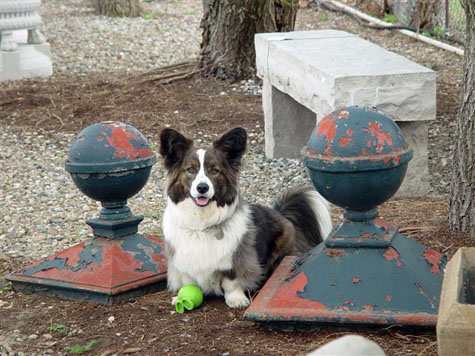
A reader with corgis wrote me recently to ask what I recommended planting in a garden with dogs. I do not think what you plant is nearly as important as where you plant, and at what level. My dogs are creatures of habit-they have their routes. I designed my garden not only to hide their routes, but accommodate them.
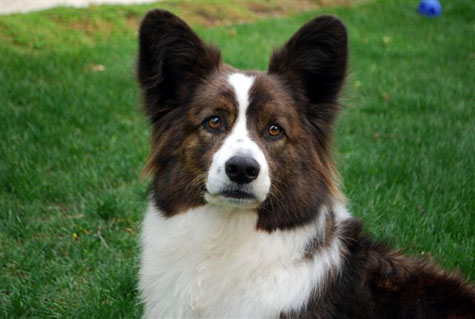
My boxwood hedges have “corgi doors” cut into them, at their level. They love going in one door, and out the other.
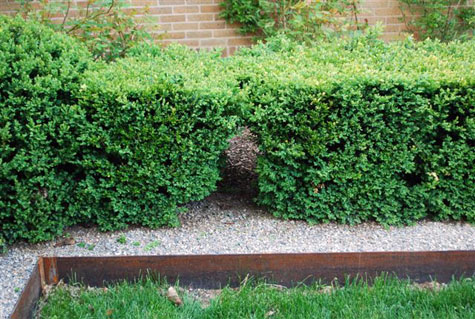
My asparagus is companion planted with roses; they avoid that area altogether. My row of snakeroot has a barked corgi route immediately adjacent. My fountain has a frame of herniaria surrounding it, which acts like a doormat for all the grass clippings and other debris corgis carry around on their feet. They are too short to be any problem to my pots-I feel for gardeners with tall dogs. The many changes of level in my yard are like a obstacle course they never tire of; those stairs also slow them down. They sit under my life size moss cow when it’s raining. I make sure they have room on the deck to observe what’s doing in the neighborhood. Any low groundcover is bound to show Corgi-wear, but after all, it is their garden too. It’s a good look, a garden that looks like someone lives there.

I do not have any kids, except the aforementioned kids. I would never want a garden so precious it had no room for dogs and kids. The small garden space which was all mine as a child no doubt played a part in why I do what I do now.
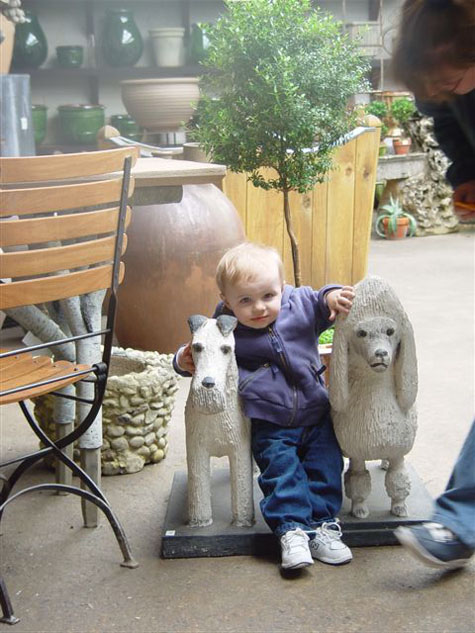
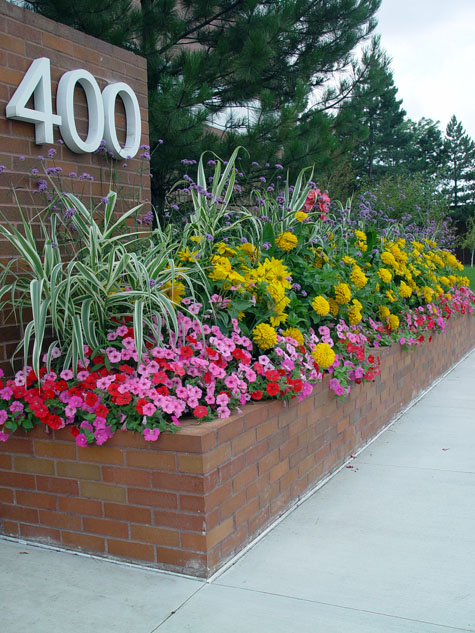 It’s such a good thing that shopping centers and the like plant fibrous begonias and impatiens, in vast quantities, so you don’t have to. The Victorian gardening era in England produced some very inventive schemes for bedding plants. Beautifully designed and executed, they made use of annual plants of compact habit and low maintenance. Many of them were representational in their design-the most familiar of these would be the bedding plant clocks. Only rarely do I see bedding plants done to this level. There are those who plant oceans of uniformly growing fibrous begonias, impatiens, dusty miller and so on, without much in the way of interesting design-just lots of color. I like color as well as the next person, but I am glad this way of planting is being done by others, so I don’t have to.
It’s such a good thing that shopping centers and the like plant fibrous begonias and impatiens, in vast quantities, so you don’t have to. The Victorian gardening era in England produced some very inventive schemes for bedding plants. Beautifully designed and executed, they made use of annual plants of compact habit and low maintenance. Many of them were representational in their design-the most familiar of these would be the bedding plant clocks. Only rarely do I see bedding plants done to this level. There are those who plant oceans of uniformly growing fibrous begonias, impatiens, dusty miller and so on, without much in the way of interesting design-just lots of color. I like color as well as the next person, but I am glad this way of planting is being done by others, so I don’t have to.
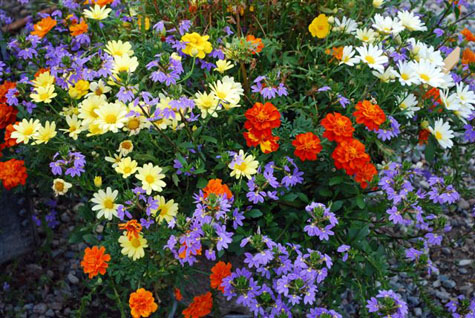
I like annuals in the ground that mix shapes and colors in a dynamic, airy way. I like annuals in the ground that are unexpected. Some in ground annuals can be designed to give the impression of a perennial garden-with the added bonus of a very long season of bloom.
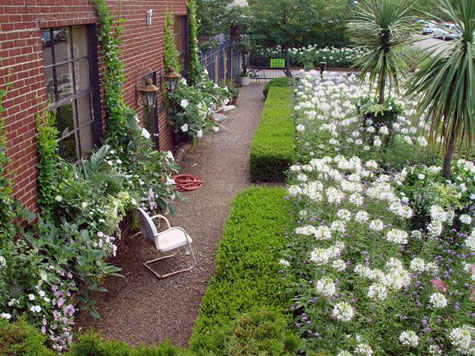
Big growing annuals are often passed by in garden centers, as they take time to get to blooming size, and do not show well in a cell pack, or 4” pot. Zinnias, cleome, cosmos, verbena bonariensis, and nicotiana alata varieties fall into this category.
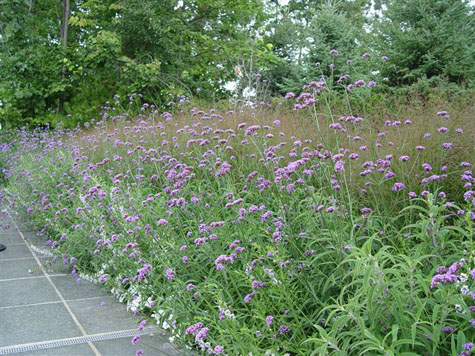
But I find their old fashioned grace and size can make for a stunning annual display. Even shady annual areas can be enlivened by the addition of coleus, or tropicals; no shade garden is restricted to begonias and impatiens.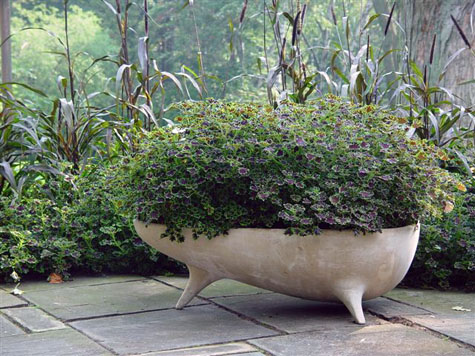
No doubt some very formal, and some contemporary annual plantings ask for a restricted plant palette, but I like to see this done on purpose.
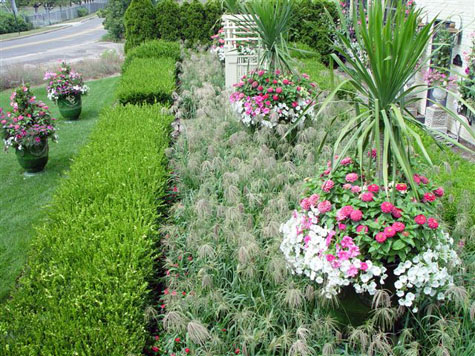
If you garden is cottage-style, grasses, or the wispy textured verbena bonariensis added to the annual mix is charmingly meadow-like.
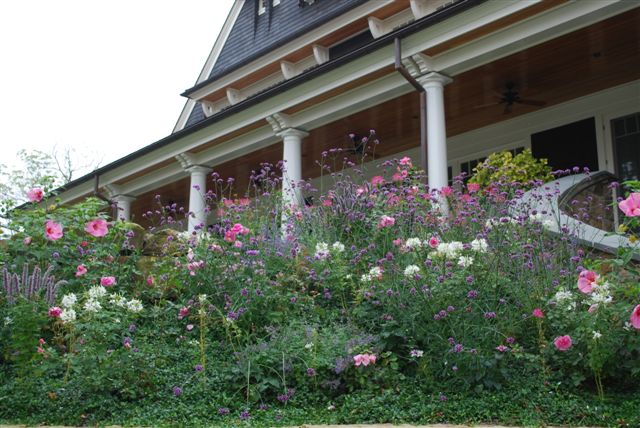
Grey plectranthus, the broad-leaved cirrus dusty miller, or chocolate sweet potato vine, grown in ground, is cool and contemporary looking.

Bold growing annuals in bold colors warm up, and loosen up a space. Zinnias, dahlias, green-eyed daisies, and giant marigolds read well from a distance. One of my favorite annuals, nicotiana mutabilis, is a cloud of white and pink when planted in masses; try interplanting a short growing annual to give color and interest at ground level.
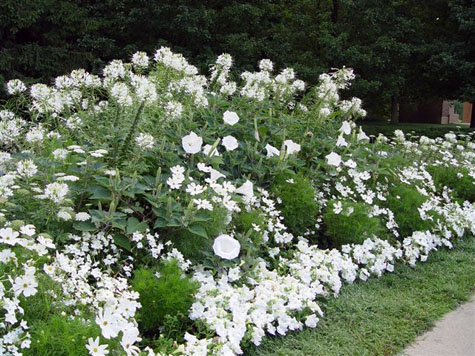
There is another very good reason to plant mixed annual beds-the summer weather. Some years impatiens grows poorly. If that’s all you grow, it’s a poor year for your annual garden. If you have mixed in other annuals, perhaps not all is lost. A mix which highlights the color, textures, and volumes of annual plants will keep your interest over the course of the season. A mix of heights gives you color interest from top to bottom. Check out the annual flowers at your local nursery that are green right now, or unknown to you, or unusual to your eye; they may be promising additions to your summer annual garden.
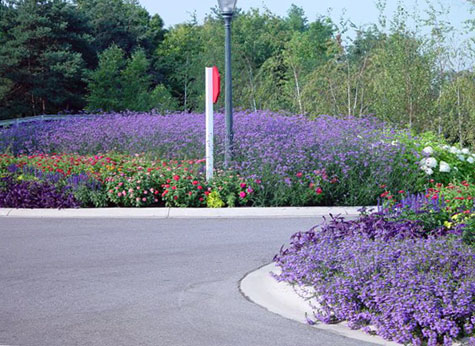

Beautiful pots are not only about beautiful plant material, designed and planted in an interesting, or lovely, or architectural way, and well grown. There is the matter of the pots themselves.

Pots could be loosely defined as anything that holds soil, and drains water away. Once in my twenties I planted four plastic garbage cans (I drilled holes in the sides and bottom) and planted all my vegetables and herbs in them. My first and only concern was my tomatoes, and what I was growing with them for my salads. It was easy to weed, groom, and pick, standing up.
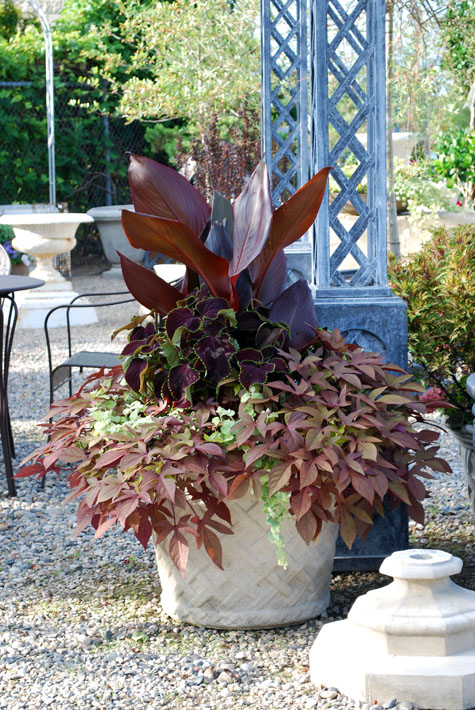
I have a much different view of pots now. They are an important sculptural element of the planting as a whole. They make suggestions about what would look good planted in them, if you ask. They make themselves at home in your landscape. Many are as beautiful empty as they are planted; some containers need planting.
 Once you plant an old galvanized bucket with geraniums and strawberries, the eye sees that object in a different way.
Once you plant an old galvanized bucket with geraniums and strawberries, the eye sees that object in a different way.
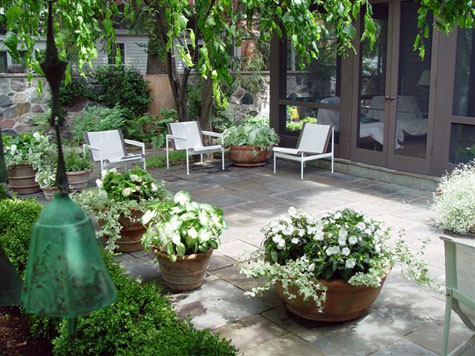
Some pots I am not fond of. Most fiberglass and plastic pots have a visually unpleasant surface-no romance there. These I avoid. I like genuine materials. I don’t think this makes me a pot-snob. I have seen vintage baskets and buckets, wood boxes, stainless steel milk pails, and livestock troughs completely transformed visually by someone’s idea to plant them.
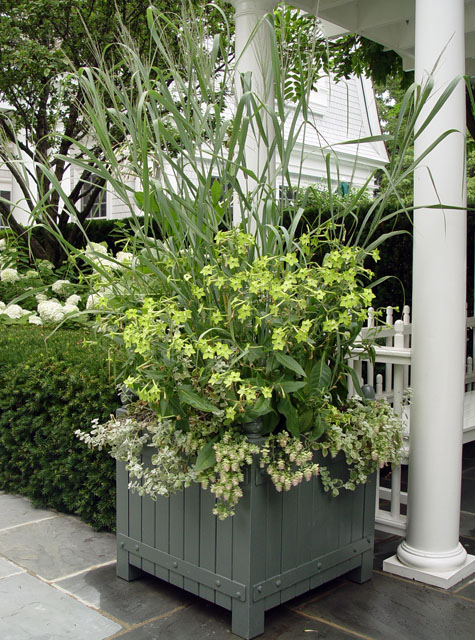
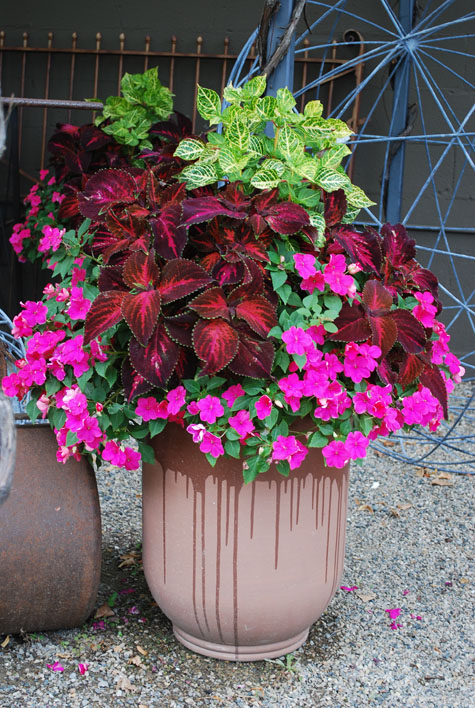
If I had to name a favorite, my Compton Pottery snake pot, made during the arts and crafts period in England would rank high on my list.
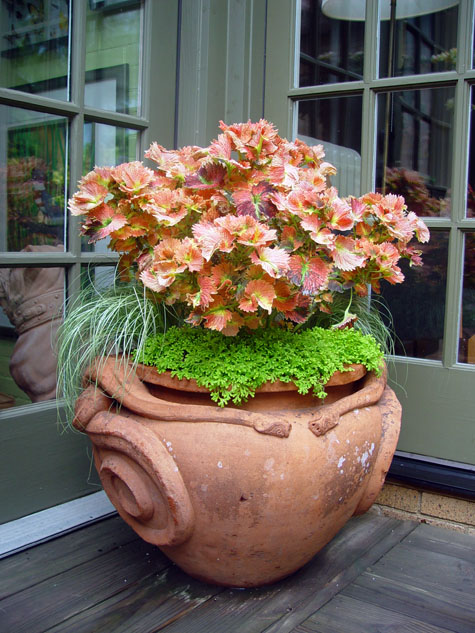 It was a 50th birthday present, from me, to me. Every time I look at it, I feel the history of the object, and my own garden making. It is the emotional equivalent of a trip to Europe, touring other gardens, whose pots tell me something about the gardeners who planted them.
It was a 50th birthday present, from me, to me. Every time I look at it, I feel the history of the object, and my own garden making. It is the emotional equivalent of a trip to Europe, touring other gardens, whose pots tell me something about the gardeners who planted them.

Deborah Silver is a landscape and garden designer whose firm, Deborah Silver and Co Inc, opened its doors in 1986. She opened Detroit Garden Works, a retail store devoted to fine and unusual garden ornament and specialty plants, in 1996. In 2004, she opened the Branch studio, a subsidiary of the landscape company which designs and manufactures garden ornament in a variety of media. Though her formal education is in English literature and biology, she worked as a fine artist in watercolor and pastel from 1972-1983. A job in a nursery, to help support herself as an artist in the early 80’s evolved into a career in landscape and garden design. Her landscape design and installation projects combine a thorough knowledge of horticulture with an artist’s eye for design. Her three companies provide a wide range of products and services to the serious gardener. She has been writing this journal style blog since April of 2009.
Copyright © 2024 · Deborah Silver & Co. · Detroit Garden Works